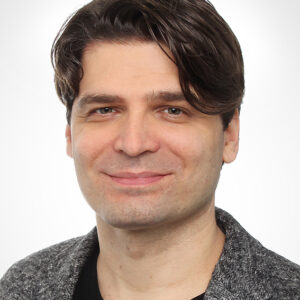
Changes in leisure-time physical activity: the contribution of lifecourse socioeconomic circumstances
Abstract Overview
BACKGROUND
Leisure-time physical activity (LTPA) is recognized for its health benefits, and socioeconomic disparities in LTPA are well-documented. However, the associations between lifecourse socioeconomic position (SEP) and changes in LTPA remain poorly understood.
PURPOSE
We examined the associations with parental and participant’s own SEP and changes in LTPA among young and early midlife employees.
METHODS
Survey data from 2908 employees of the City of Helsinki, Finland, aged 19–39 in 2017, were analyzed with a follow-up in 2022, predominantly women (80%). LTPA was quantified in metabolic equivalent task (MET) units, and lifecourse SEP was assessed using parental and participant’s education and occupational class. Linear regression models, adjusted for various demographic and health factors, examined the associations between SEP and changes in LTPA.
RESULTS
At Phase 1, the lower LTPA group (n=749) averaged 10.4 MET-h/week, with a substantial 19.2 MET-h/week increase in Phase 2. The middle group (n=900) started at 29.3 MET-h/week in Phase 1, with a 9.3 MET-h/week increase. Conversely, the highest MET group (n=1259) reported an average of 79.4 MET-h/week at Phase 1, experiencing a 19.7 MET-h/week decrease in Phase 2. After the analysis, higher parental education was associated to increased LTPA in the middle group after adjusting for age and gender. Participants with higher individual education in the highest MET-group were associated with similar increases in LTPA after full adjustments.
CONCLUSIONS
Higher parental and individual education were associated with an increase in LTPA among young and early midlife employees over the 5-year follow-up. This association was particularly notable among individuals who were already active at baseline. No associations were observed between initially low LTPA and lifecourse SEP.
PRACTICAL IMPLICATIONS
These findings emphasize the importance of considering socioeconomic factors in the development and implementation of interventions aimed at promoting physical activity.
FUNDING
The Ministry of Education and Culture
Additional Authors
Name: Jatta Salmela
Affiliation: University of Helsinki
Presenting Author: no
Name: Jouni Lahti
Affiliation: Finnish Institute for Health and Welfare
Presenting Author: no
Name: Anni Karjala
Affiliation: University of Helsinki
Presenting Author: no
Name: Anne Kouvonen
Affiliation: University of Helsinki, Queen’s University Belfast
Presenting Author: no
Name: Ossi Rahkonen
Affiliation: University of Helsinki
Presenting Author: no
Name: Tea Lallukka
Affiliation: University of Helsinki
Presenting Author: no

